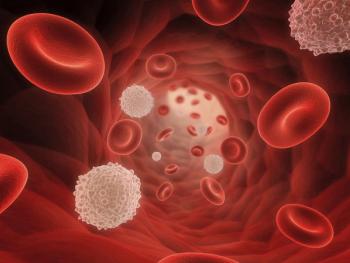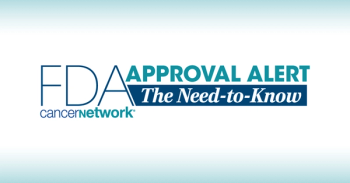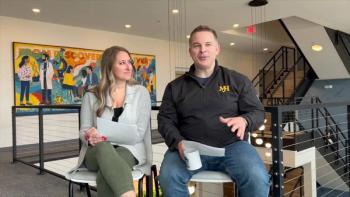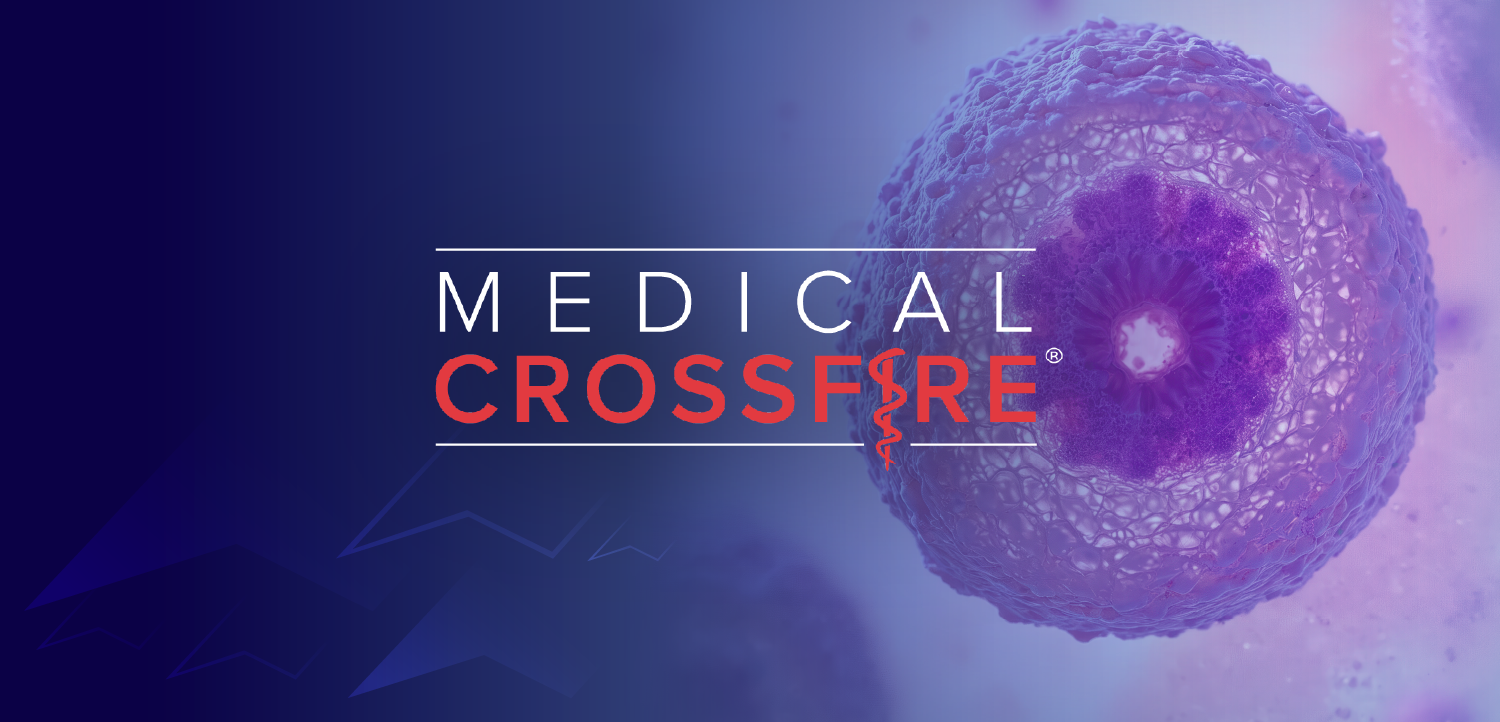
Maintenance Lenalidomide Delayed Progression After R-CHOP for DLBCL
Maintenance lenalidomide significantly prolonged progression-free survival in elderly patients with diffuse large B-cell lymphoma who responded to first-line R-CHOP.
Maintenance treatment with lenalidomide significantly prolonged progression-free survival (PFS) in elderly patients with diffuse large B-cell lymphoma (DLBCL) who responded to first-line treatment with R-CHOP (rituximab plus cyclophosphamide, doxorubicin, vincristine, and prednisone), according to phase III study results
“To our knowledge, the REMARC study is the first phase III trial evaluating a maintenance strategy in DLBCL to show a benefit in PFS,” wrote study researcher Catherine Thieblemont, MD, PhD, of Hôpital Saint-Louis in Paris, and colleagues. “None of the previously reported trials adding a novel drug to R-CHOP, either in combination during induction (such as with bevacizumab) or after R-CHOP as maintenance (as with rituximab, enzastaurin, or everolimus) have achieved such a benefit.”
The study enrolled 650 patients age 60 to 80 years with previously untreated DLBCL or other aggressive B-cell lymphomas. All patients had achieved a complete or partial response after 6 to 8 cycles of R-CHOP. The patients were randomly assigned to lenalidomide maintenance 25 mg per day or placebo for 21 days of every 28-day cycle for 24 months.
Among patients assigned to lenalidomide, 61% prematurely discontinued treatment; 41% of patients assigned placebo prematurely discontinued treatment.
With a median follow-up of 39 months, a median PFS was not yet reached in patients assigned to maintenance lenalidomide compared with an estimated 58.9 months for placebo (P = .01). The researchers analyzed the effect of maintenance lenalidomide in a series of subgroups and found that the benefit to PFS was consistent in men vs women, age-adjusted International Prognostic Index of 0 or 1 vs 2 or 3, and age younger than 70 vs 70 or older. A median overall survival was not yet reached in either group.
An analysis according to cell of origin showed that only patients with a germinal center B-cell–like profile had a significant difference in median PFS in favor of lenalidomide compared with placebo (60.9 vs 52.7 months; P = .04).
About one-third of patients (33%) assigned to lenalidomide converted from partial to complete response during the maintenance period compared with 29% of patients in the placebo group. The median time to conversion was about 6 months in both groups. According to the researchers, this conversion time may suggest “that induction treatment may be more responsible for this conversion than the maintenance treatment.”
The most commonly observed grade 3/4 adverse events associated with lenalidomide vs placebo maintenance were neutropenia (56% vs 22%) and cutaneous reactions (5% vs 1%).
“It will be important in REMARC to identify any reliably predictive biomarkers to understand the effect of lenalidomide and better use this drug in routine treatment of aggressive B-cell lymphoma, including DLBCL, follicular lymphoma grade 3B, and transformed indolent lymphoma,” the researchers concluded.
Newsletter
Stay up to date on recent advances in the multidisciplinary approach to cancer.
















































































